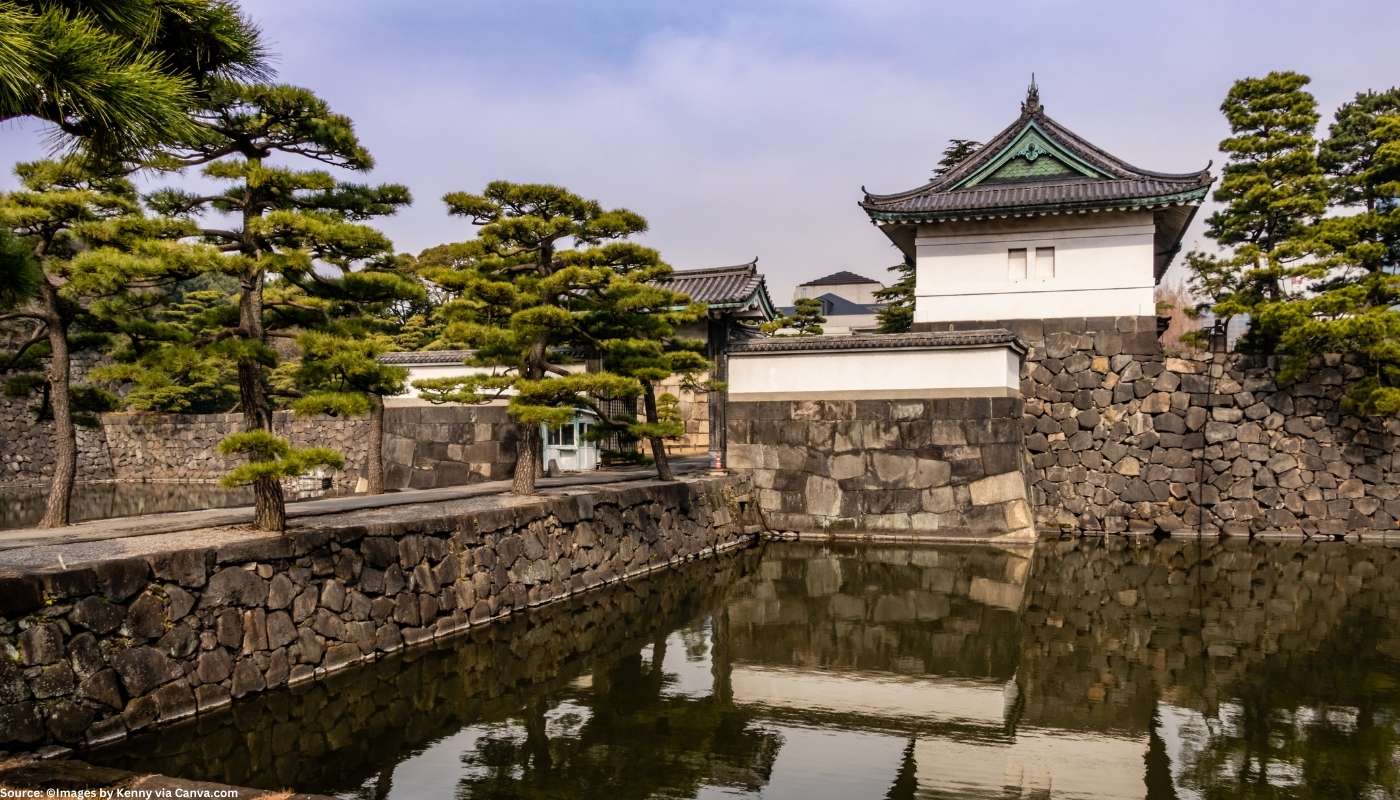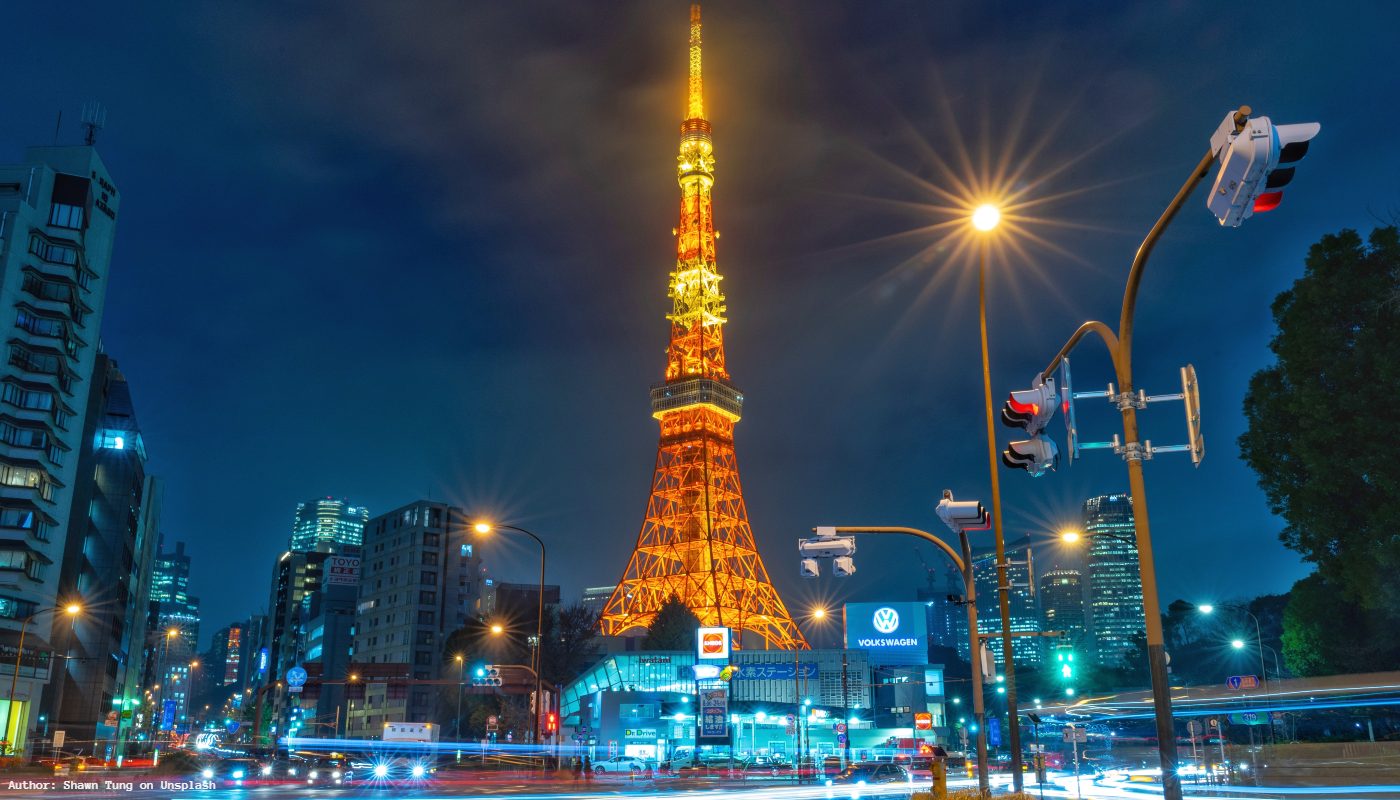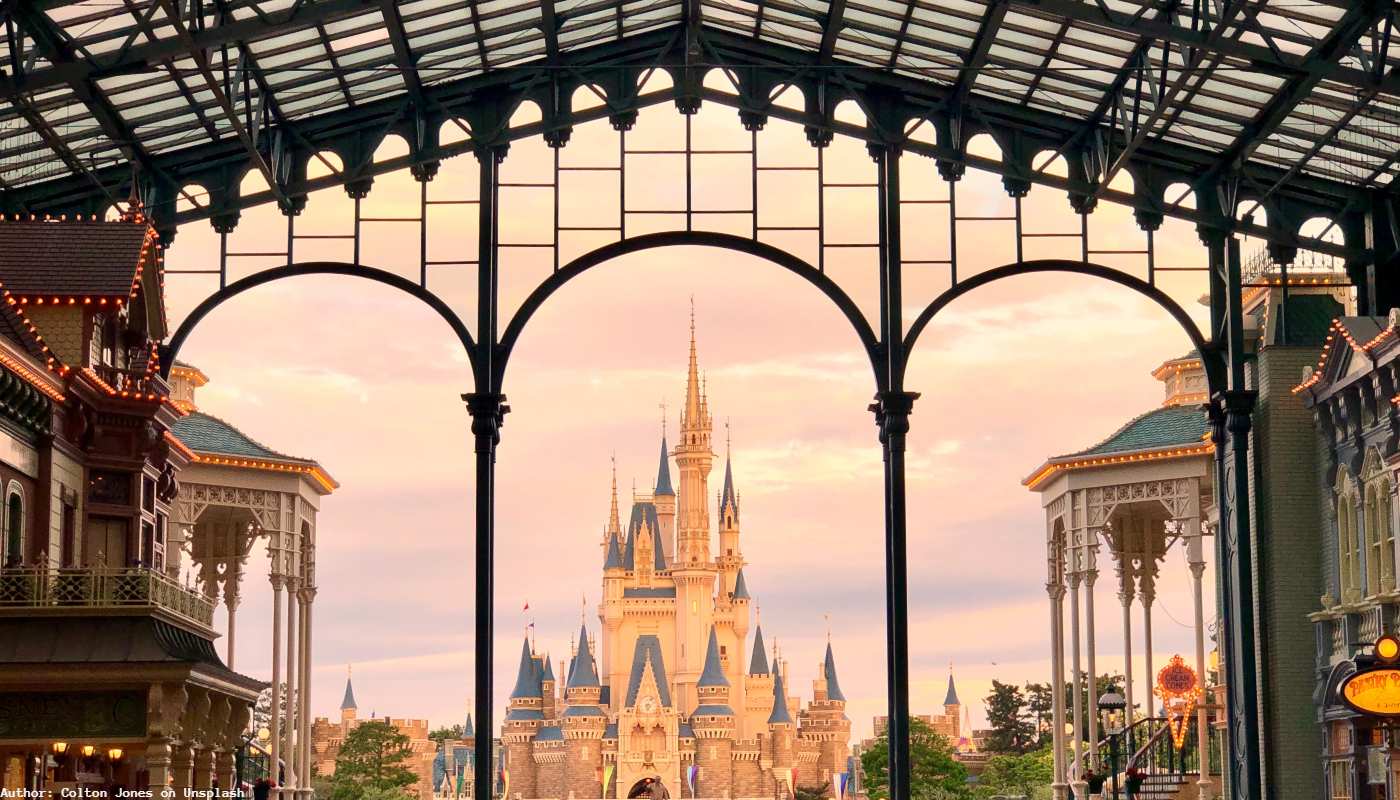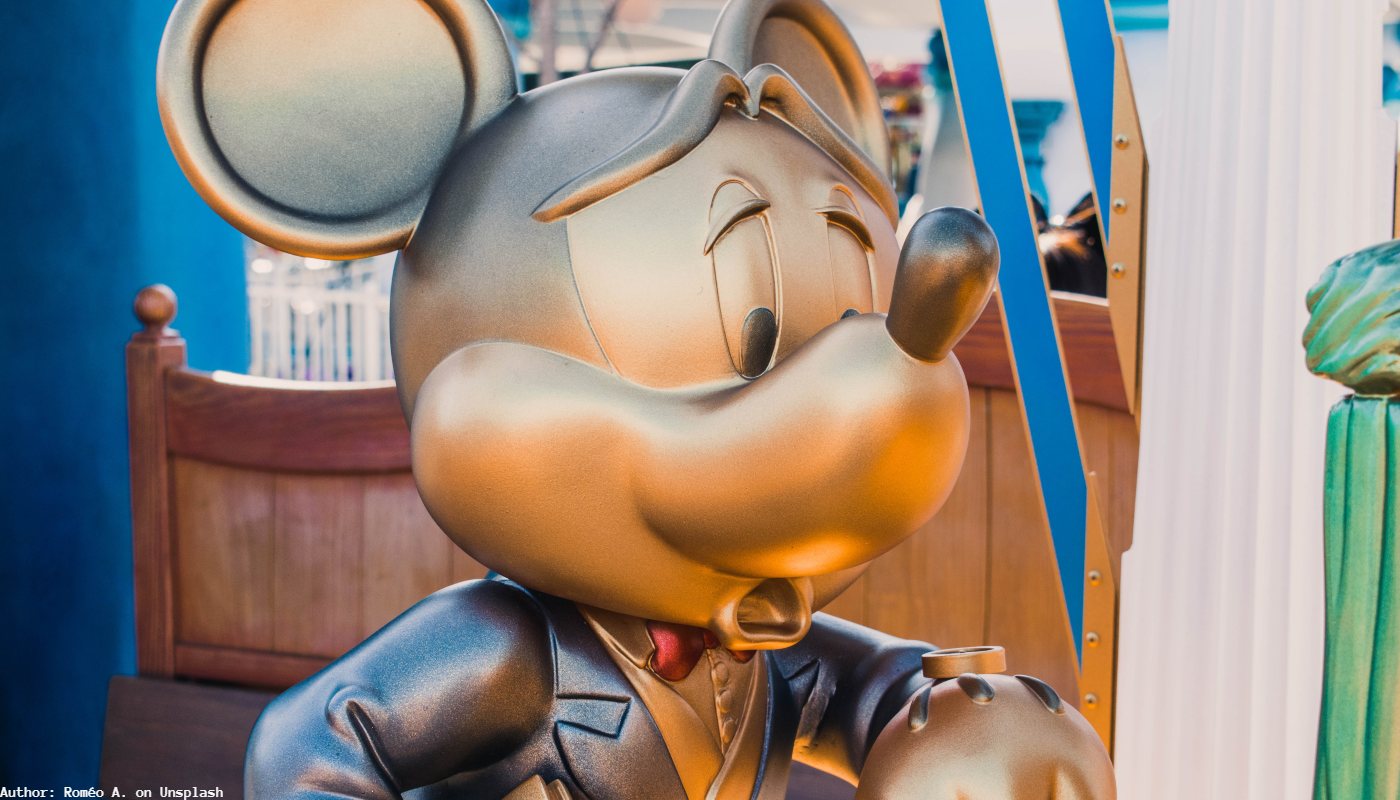Tokyo Imperial Palace
Share this attraction
Back
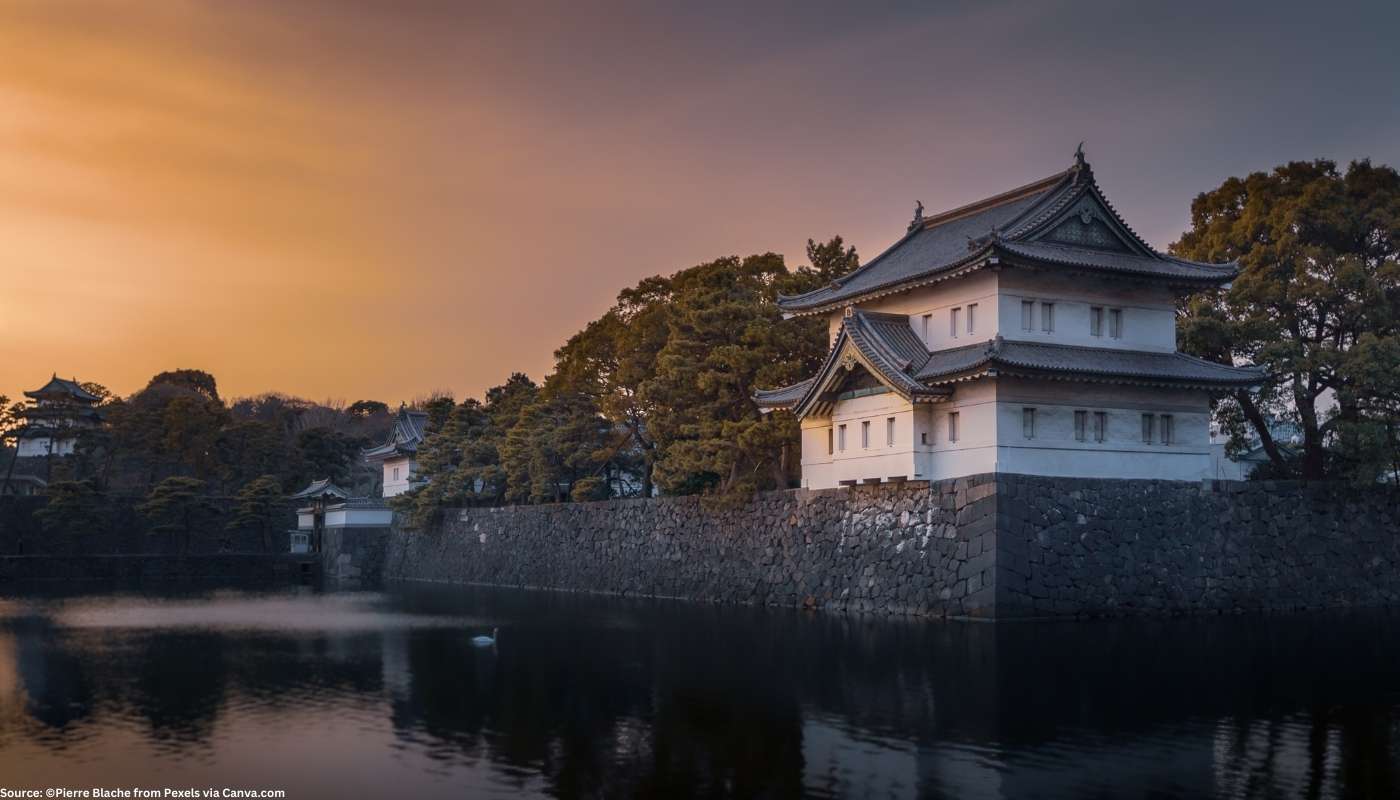
Tokyo Imperial Palace
Tokyo
Tokyo Imperial Palace - the most important information
As the name itself says, this is the residence of Japan's Imperial Family. It’s located in the center of Tokyo, at the place where once stood Edo Castle. The palace is surrounded by a vast park and massive stone walls. The court contains the main palace, residencies, museums, and administrative offices.
History of Tokyo Imperial Palace
From 1603 until 1867, the Tokugawa shogun ruled Japan during the Edo Period. In his honor, the Edo Castle was built. But, after the shogunate was overthrown in 1868, the capital, with its imperial residence, moved from Kyoto to Tokyo. The new Imperial Palace was constructed in 1888. Unfortunately, the palace was destroyed during WWII but was rebuilt afterward. At the same place stands today, in the beautiful surroundings, at disposal to the Imperial Family. There are many other buildings and gardens within the complex, such as Mt. Fuji-View Keep, The Imperial Household Agency Building, Lotus Moat, and Yamashita-dori Street.
What to see in Tokyo Imperial Palace?
Every tour is guided, it lasts around 75 minutes, and the starting point is at the Kikyomon Gate, where you can register for the tour. During that time, you will visit 11 spots in the complex, and you will get a headset with a guide in English. Even though inner grounds are usually closed for visitors alone, you can always explore the gardens and parks without registration.
- Niju-Bashi - This is one of two stone bridges in the complex. Its name, Niju-Bashi means double bridge, referring to the last wooden bridge that stood at the same place.
- Fujimi-yagura - This is the Mt. Fuji-View Keep, a guard building within the inner grounds of the Imperial Palace.
- Fushimi-yagura Keep - Another guard building in the complex is stunning as the previous one.
- Gardens of the Palace - The east gardens are the green part of the complex and the place where most administrative buildings are located.
- Kitanomaru Park - Kitanomaru Park is a real green oasis with beautiful trees and a river in the middle. For the most spectacular view, come here in spring, when cherries are in blossom.
Tickets and Opening Hours
- Opening Hours - The palace's inner grounds usually are closed to the public. Visitors can only enter the inner palace grounds on January 2 and February 23, on Emperor’s birthday, to observe members of the Imperial Family who make public appearances on a balcony. The rest of the complex can be seen daily without entering any building. You can visit Tokyo Imperial Palace just by guided tours organized every day at 10 am and 1.30 pm, except on Sundays and Mondays.
- Tickets - The entrance is free, but there is a catch. Registration is required, in advance, online, or on the same day of the visit. Keep in mind that 500 visitors are accepted per day, and 300 of them are spots for people who make on-the-day registration.
How to get to Tokyo Imperial Palace?
It takes 10 minutes to walk from Otemachi Subway Station to the Imperial Palace East Garden. If you choose to use the JR line, you may get off at Tokyo station and stroll to the Imperial Palace Area in 10 to 15 minutes.
What should you know before visiting Tokyo Imperial Palace
It is possible to see inside the walls. Still, there is a specific application process. Numbers are severely limited. A guided tour follows a predefined route that respects the royal family's privacy and does not visit any buildings.
Tokyo Imperial Palace Trivia
- The Tokyo Imperial Palace is located in a landscaped park that covers an area of 1.15 square kilometers (0.44 square miles).
- Some of the original Edo Castle structures still stand today, even though most of them were destroyed due to natural disasters or wars.
- Just 3 out of 11 original guard towers of Edo Castle are still part of the Imperial Palace complex today.
- The bridges were built during the Meiji period.
- Even though most of the complex was rebuilt after WWII, the current Imperial Residence wasn’t completed until 1993
- The east part of the compound became a public park in 1968.
- Inside the Ninomaru Garden, there are 230 different types of trees donated by each of the 230 prefectures that make up the country of Japan.
Location
Learn more about this destination
Discover the beauty of the destination through blogs that highlight the most famous landmarks, hidden gems, and provide travel tips for visiting this destination. Embark on an adventure through the stories of experienced travelers.

